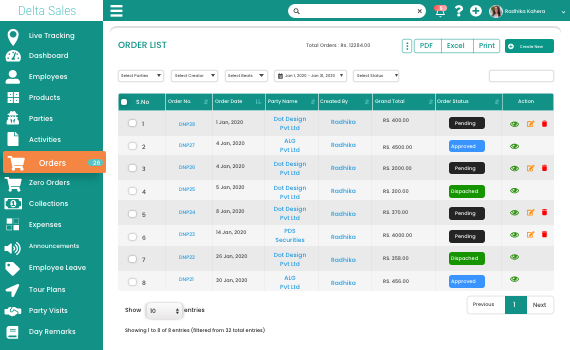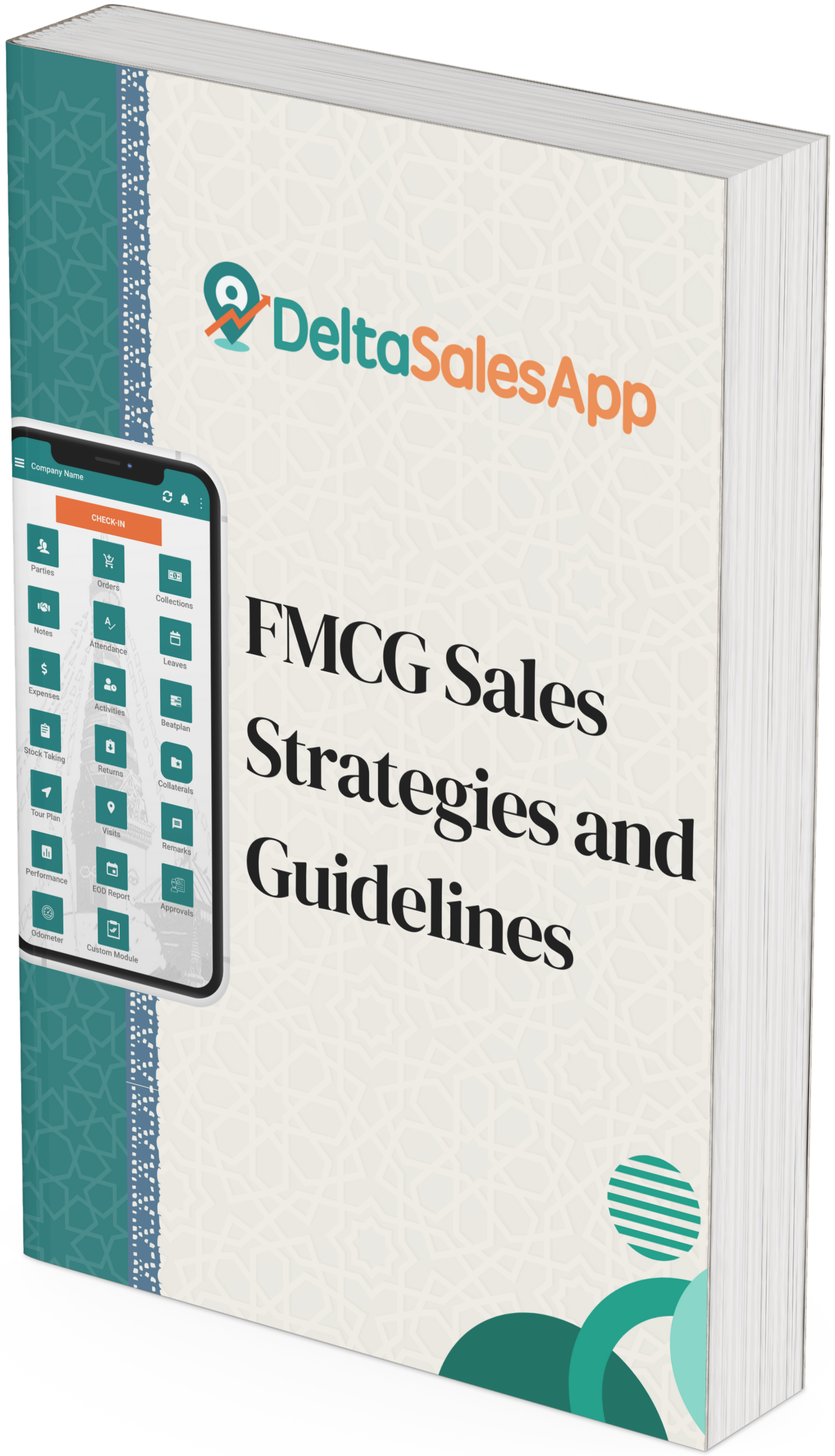The Hidden Costs of Not Using an Inventory Management App

Imagine walking into your warehouse one morning to discover that a popular product just went out of stock again. Your customers are waiting, your sales team is frustrated, and you’re left wondering how it happened when you thought you had enough in stock. Situations like this might seem like small hiccups, but over time, they snowball into expensive problems. These are the hidden costs of not using an inventory management app.
While many businesses think manual tracking or spreadsheets are “good enough,” the reality is different. Managing inventory without the right digital tools is like trying to navigate a busy city without GPS, you’ll eventually reach your destination, but not without taking wrong turns, wasting time, and losing money along the way.
Let’s uncover what these hidden costs really look like and why an inventory app is no longer a luxury but a necessity.
1. Lost Sales Opportunities
One of the biggest unseen losses for any business is the missed opportunity to sell.
Without an efficient way to track stock levels in real time, it’s easy to sell items you don’t actually have or worse, not sell items that are sitting idle on your shelves. Both lead to lost revenue.
Example:
A small electronics retailer manually updates stock at the end of each day. When a sudden surge in online orders happens during a weekend sale, the team realizes too late that certain items are sold out. Result? Cancelled orders, disappointed customers, and negative reviews.
An inventory app prevents this by automatically syncing sales and stock data, ensuring you never promise what you can’t deliver.
2. Overstocking and Excess Storage Costs
At first glance, overstocking may seem like a safe move after all, you’re avoiding stockouts, right? But here’s the catch: unsold inventory ties up capital, occupies valuable space, and sometimes even becomes obsolete.
Every extra box sitting in your warehouse represents cash that could be used elsewhere for marketing, hiring, or product development. When inventory turns slowly, it’s like money trapped in a dusty corner.
An app helps you monitor real-time sales patterns, forecast demand, and reorder smartly. Instead of relying on guesswork, you’ll be guided by data ensuring your shelves carry just the right amount of stock.
3. Inefficient Manual Processes
Many businesses still rely on spreadsheets or paper-based methods to manage stock.
But manual processes come with hidden labor costs, they're slow, prone to errors, and consume valuable employee hours that could be spent on more productive tasks.
Let’s put this into perspective.
If your team spends even one hour a day updating stock records, that’s over 20 hours a month and hundreds of hours per year. Multiply that by their hourly wage, and you’ll realize that the “free” method of managing inventory is anything but free.
An inventory management app automates repetitive tasks like stock updates, low-stock alerts, and order tracking. This not only saves time but also reduces the chances of human error that often lead to costly mistakes.
4. Poor Customer Experience
In today’s digital era, customers expect fast, accurate, and transparent service. If your business fails to deliver due to stock mismatches, late deliveries, or cancelled orders they’ll quickly move to a competitor who can.
Without an app, businesses often struggle to provide real-time updates or manage backorders efficiently. A customer placing an order doesn’t see that the product is unavailable until days later leading to frustration and loss of trust.
An inventory management app bridges this gap by keeping your online and offline stock data synchronized. When customers see an item listed as available, it truly is. That transparency builds confidence and repeat purchases.
5. Difficulty in Identifying Best-Selling Products
Another hidden cost of not using an app is the lack of insight into what’s actually selling.
When inventory data lives across multiple spreadsheets or handwritten logs, identifying patterns becomes difficult. You might continue ordering products that aren’t moving while ignoring fast-sellers that could bring in more profit.
An app gives you a bird’s-eye view of product performance. It tells you which items are driving sales, which are stagnating, and when to restock, helping you make smarter, more profitable decisions.
Real-world analogy:
Think of it as having a rear-view mirror and dashboard for your business. Without it, you’re driving blind guessing your way forward instead of using clear visibility.
6. Increased Risk of Errors and Shrinkage
Inventory errors are often subtle but costly. Miscounts, misplaced items, or recording the wrong product quantity can throw off your entire operation.
These discrepancies can also hide shrinkage issues products lost due to theft, damage, or mismanagement. Without accurate tracking, identifying the root cause becomes almost impossible.
An inventory management system acts like a 24/7 supervisor. It tracks every movement of your products, from purchase to sale, making it easier to detect irregularities early and maintain control over your assets.
7. Slower Decision-Making
In fast-moving industries, decisions need to be quick and based on facts.Without updated data, managers spend hours gathering reports, verifying numbers, and reconciling inconsistencies before taking any action.
That delay can cost you especially when market demand shifts or supply chain disruptions occur.
Businesses that use inventory management apps have access to dashboards that show real-time stock levels, sales trends, and reorder alerts, enabling them to act instantly rather than reactively.
The difference? One business stays ahead and the other plays catch-up.
8. Complicated Multi-Channel Management

If you sell across multiple platforms your website, retail store, and marketplaces like Amazon managing inventory manually becomes a nightmare.
Each sale affects your stock differently, and without a unified system, you risk overselling on one channel or underselling on another.
An inventory management app centralizes everything. No matter where a sale happens, stock counts update automatically across all platforms. This ensures accuracy, consistency, and peace of mind for your entire sales team.
9. Missed Growth Opportunities
Perhaps the most significant cost of not using an app is the opportunity cost, what your business could have achieved with better control, insight, and efficiency.
When you’re constantly firefighting, managing shortages, reconciling errors, or juggling spreadsheets you have little time left to focus on scaling. Automation isn’t just about saving time; it’s about freeing up mental space to think strategically.
With the right app in place, your business runs smoother. You can analyze trends, negotiate better with suppliers, and make proactive decisions that drive growth.
10. Mental and Emotional Burnout
Let’s not forget the human side of it all. Running a business is demanding enough adding manual inventory management to the mix only multiplies the stress. Constantly worrying about misplaced stock, delayed deliveries, or unhappy customers drains energy and focus.
A good inventory management app restores clarity. It gives business owners peace of mind knowing that the system is handling routine operations reliably, leaving them free to focus on innovation and customer relationships.
Final Thoughts: You’re Paying the Price, One Way or Another
Not using an inventory management app might seem like saving money but in truth, you’re just paying the price in hidden ways:
Lost sales, wasted time, frustrated customers, and missed opportunities.
The question isn’t “Can I afford an inventory app?”
It’s “Can I afford to keep running without one?”
By adopting a smart, automated system, you gain visibility, control, and the freedom to grow confidently. Whether you run a retail store, a manufacturing unit, or a distribution business, an inventory management app isn’t just a convenience, it's your competitive advantage.
So, if you’re still managing stock manually, take this as your sign. The right digital tool like Delta Sales App could be the turning point your business needs to thrive in today’s fast-paced world.









